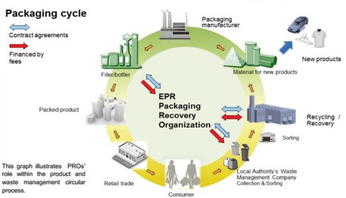Overspeed in Web Manufacturing and Converting
Presented by David R. Roisum, Ph.D, Finishing Technologies, Inc.
The most common drive control schemes are draw, dancer, load-cell and torque control. In all of these cases the motor pulls directly (or through gearing) on the web and thus directly affects web tension. In all of these cases the control could be demanding and complex. Speed errors of a few parts per 10,000 can be notable in draw control (on stiff materials) and torque errors of a few percent could be problematic in the other control modes. Yet, there is another set of less common control schemes that do not share these characteristics. Overspeed control is less demanding because the motor does not directly pull on web, but rather does so through other elements that control or modify what the web sees. Thus, while conventional drive schemes require precision motor controllers, overspeed may be done with much sloppier speed controlled drives such as the ubiquitous AC scalar motor. Sometimes the motor only needs two speeds, on and off, to perform adequate duty.
While less demanding, these drives are often poorly understood and documentation is nearly nonexistent. It is the purpose of this paper to merely catalogue these applications that include accumulators, slitting, trim handling, tendency drives, slip clutches and slipped-core winding. In a few cases, application notes and literature will be included when generally established practices are known. However, the theme connecting all of these applications is the overall lack of research, experiment and application guidance.
This post is for paying members only
SubscribeAlready have an account? Log in

